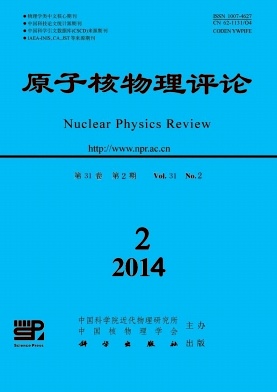Tuning of a One-Meter Four-vane RFQ
doi: 10.11804/NuclPhysRev.31.02.161
- Received Date: 1900-01-01
- Rev Recd Date: 1900-01-01
- Publish Date: 2014-06-20
-
Key words:
- quadruple frequency /
- dipole frequency /
- dipole-mode stabilizer rods /
- end-plate
Abstract: In order to get experiences of design, tuning and running of a four-vane RFQ for theChina ADS project, a one-meter four-vane RFQ was designed and fabricated. The quadruple frequency of the RFQ was designed to be 162.5 MHz (operating frequency), but the measured frequency after fabrication was 163.7 MHz even without tuners in the cavity. To reduce the frequency the four-wire line model theory was used, and the endplates were redesigned. Dipole mode stabilizer rods were employed to expand the span of the quadruple frequency and the adjacent dipole frequency. As a result, the quadruple frequency was altered to the operating frequency without rippling voltage distribution along the RFQ severely. Meanwhile, the Q value was reduced by 1%, which means more RF power was required to be fed into the RFQ. The dipole mode stabilizer rods were cooled by water to make the RFQ work stably.
| Citation: | PAN Gang, ZHAO Hongwei, SHI Aimin, DU Xiaonan, ZHANG Zhouli, SUN Liepeng, ZHANG Cong, SHI Longbo, . Tuning of a One-Meter Four-vane RFQ[J]. Nuclear Physics Review, 2014, 31(2): 161-165. doi: 10.11804/NuclPhysRev.31.02.161 |






 甘公网安备 62010202000723号
甘公网安备 62010202000723号 DownLoad:
DownLoad: